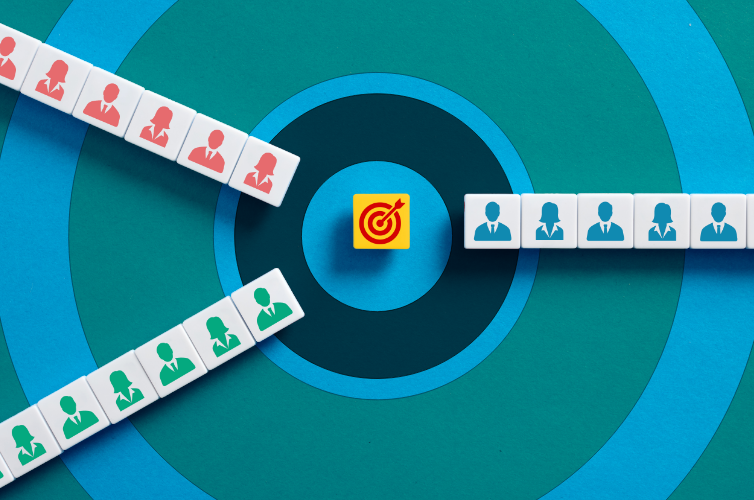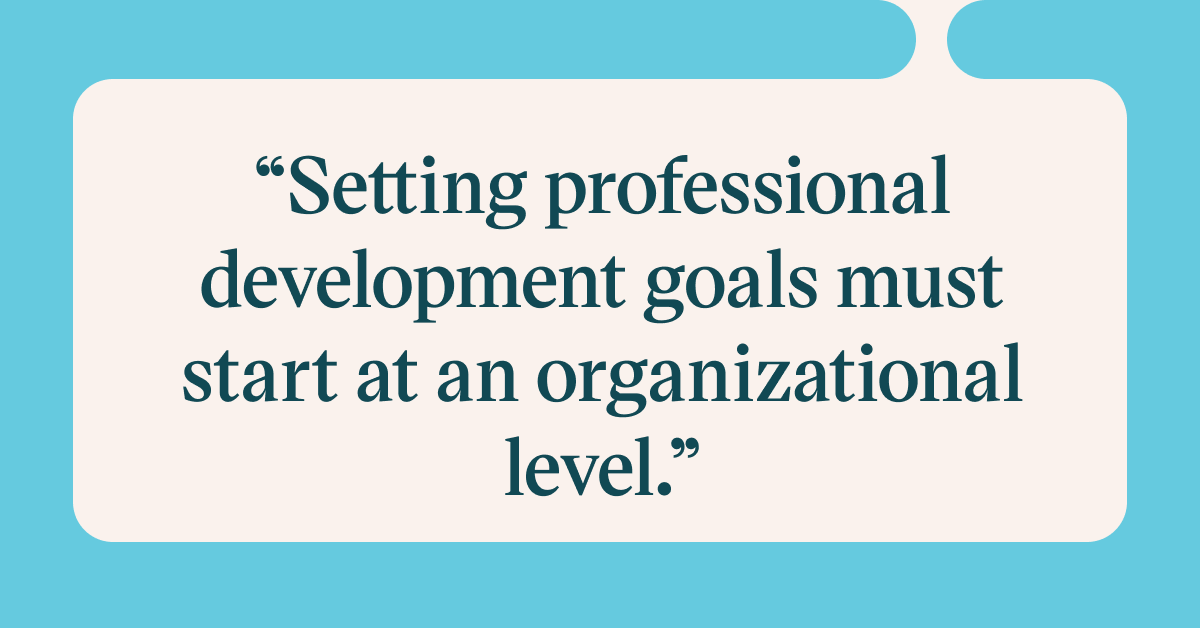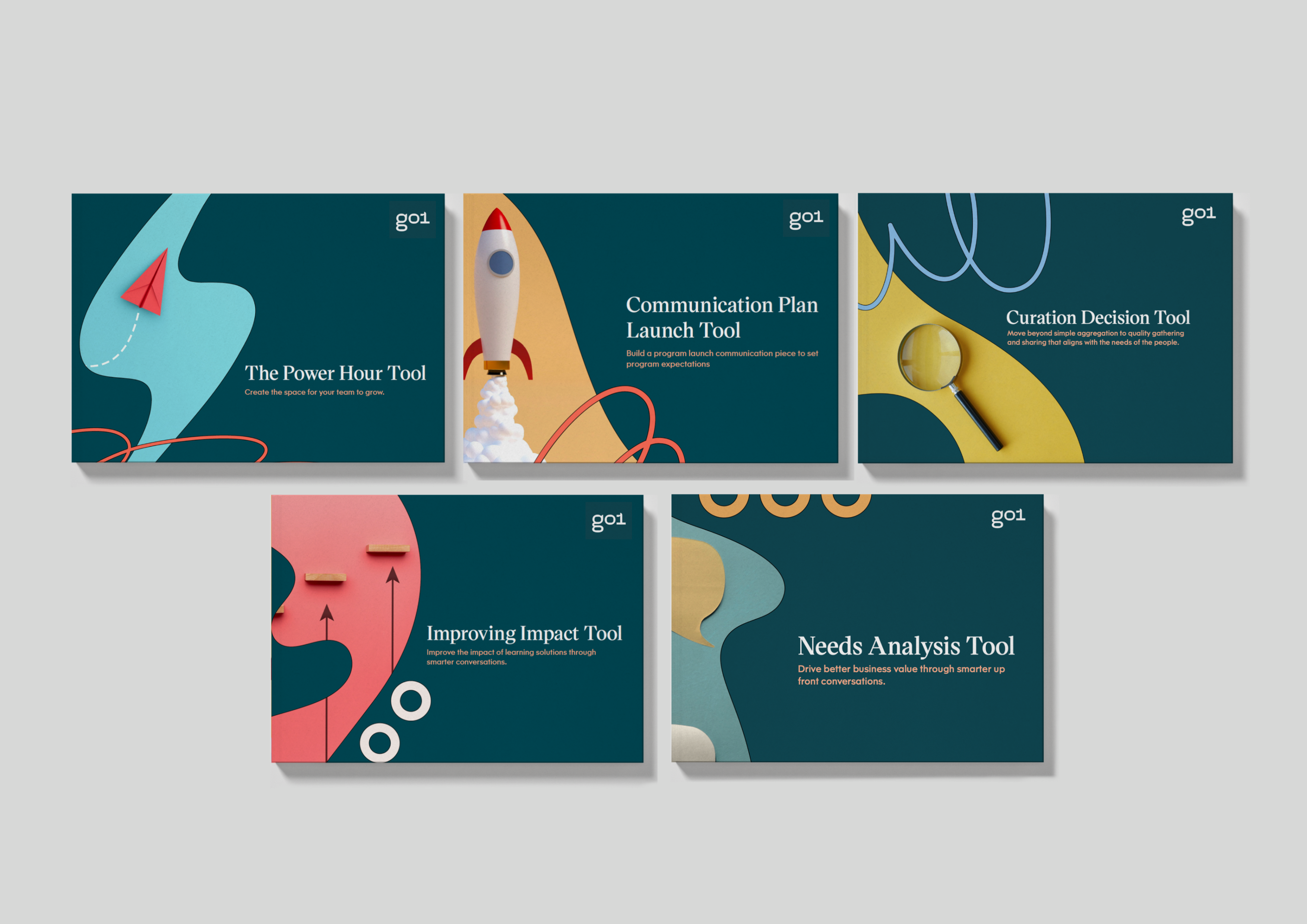
How to set professional development goals at an organizational level

When examining professional development methods, it’s easy to focus solely on individual development goals. Some might even argue that learning new things and developing skills is an individual’s responsibility. However, without guidance and support from their organization, employees can’t reach their full potential. Accordingly, setting professional development goals must start at an organizational level.

With this in mind, we’ll look at how to set professional development goals, and how these goals will result in improved performance for both your workforce and your organization as a whole.
Understanding the importance of professional development goals
Professional development goals are vital for many reasons, including:
- Employee engagement and retention - Fostering a culture of continuous learning and improvement will keep employees engaged and encourage them to invest in developing their skills.
- Being future-ready - It’s hard to name an industry that isn’t anticipating great change in the coming years. Committing to professional development at a company-wide level will ensure your organization and employees are continually learning and staying on top of industry trends.
- Improved performance - Improved performance is the result of setting the right professional development goals and reaping the benefits of the results listed above, among others.
The impact of professional development on employee performance
Many professional development goals focus on learning new skills and enhancing existing skills. These goals are useful because, by adding to your employees’ skillsets, you will be rewarded for their enhanced abilities and performance.
Additionally, some focus more directly on your employees’ wellbeing, such as mindfulness initiatives and health seminars. These goals will also positively impact employee performance, and, consequently, your organization’s overall health.
Setting the stage: preparing for goal-setting
If you’re wondering where to start when setting your goals, here are some useful tips to keep in mind.
Assessing current skills to identify needs and gaps
Decide on how to assess your organization’s current strengths and weaknesses — this will vary depending on the nature of your organization. It makes more sense to develop an area in which your employees lack confidence, rather than adding to something at which they already excel.
Aligning your goals to business objectives
Your development goals must complement and align with any pre-existing business objectives. For example, a manufacturing company whose objective is to become more efficient through lean thinking might set a goal of training its managerial team in lean methodology.
Crafting effective professional development goals
You’ve identified an area of your organization that could benefit from professional development, and seen how this can align with your business objectives and benefit your employees. Now, the question becomes: how do you design effective professional development goals?
The SMART framework for goal setting
The SMART framework is a useful tool to ensure your goals are appropriate and attainable. SMART stands for:
- Specific - Your goals should be precise and easily understood.
- Measurable - There should be a quantifiable way of measuring your goals.
- Achievable - Your goals should be challenging yet realistic.
- Relevant - Goals are only useful if they are relevant to your organization.
- Time-bound - You should aim to achieve your goals within a specific timeframe.
Using this method will ensure your goals are manageable and achievable.
Incorporate employee aspirations
Another thing to consider when crafting your goals is your employees’ aspirations and career paths. Your employees will be more likely to engage with professional development training when they can see how it benefits their personal growth. Conversely, you may find that they’re less likely to invest time and energy into topics and courses that aren’t relevant to their roles and goals.

Tools and resources for professional development
There is a wide variety of material available online to help you craft your professional development plan. Online learning is a great way to roll out your professional development goals, as it allows your workforce to fit training into their schedules on their terms. Our Content Hub is the world’s largest digital learning library and a great place to start looking for relevant courses and resources.
Implementing your goals and evaluating their success
After carefully crafting your professional development goals and rolling them out across your organization, it’s time to track their progress. While you may not be able to measure their impact on your overall business performance until a fair amount of time has passed, it should be simple to monitor the progress of your SMART goals. This is especially true when looking at well-chosen key performance indicators (KPIs).
Key performance indicators for professional development goals
Some examples of professional development KPIs:
- Training completion rates - This indicates levels of employee engagement and commitment.
- Career advancement - This measures how employees can advance their careers due to professional development.
- Application of learning - This involves tracking how knowledge and skills gained from professional development are applied to projects and day-to-day tasks.
The role of feedback in evaluation
Feedback from your workforce is essential to understand the success of your professional development plan. You can collect feedback through open forum discussions or surveys. These forums should allow employees to air their opinions on your professional development methods.
If you’ve located areas where you can improve your professional development goals, you can corroborate this with feedback. Then, when adjusting your strategy, you can implement changes based on that feedback. This will ensure your employees feel heard and let them know their opinions are valued.
How to get started
There’s no single right way to start your learning journey, but here at Go1, we have plenty of suggestions. If you’re starting from scratch, why not speak to an expert and find out where to begin? Or, if you already have a learning platform in place, see how we can integrate with your existing system to bolster your resources.
If you think eLearning might be the way forward in your professional development plan, you can find out what you need to have in place before you get started by downloading our whitepaper.




